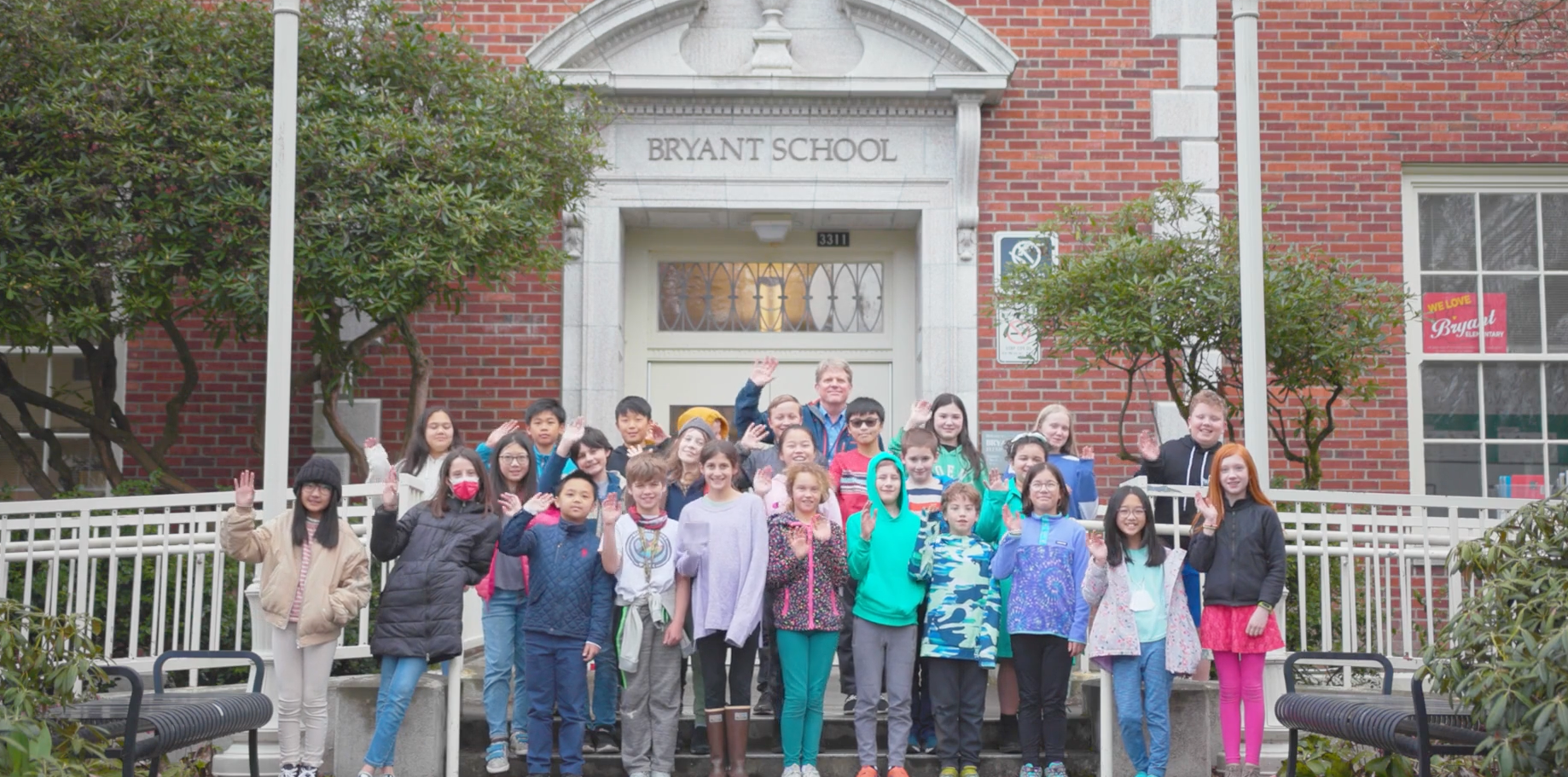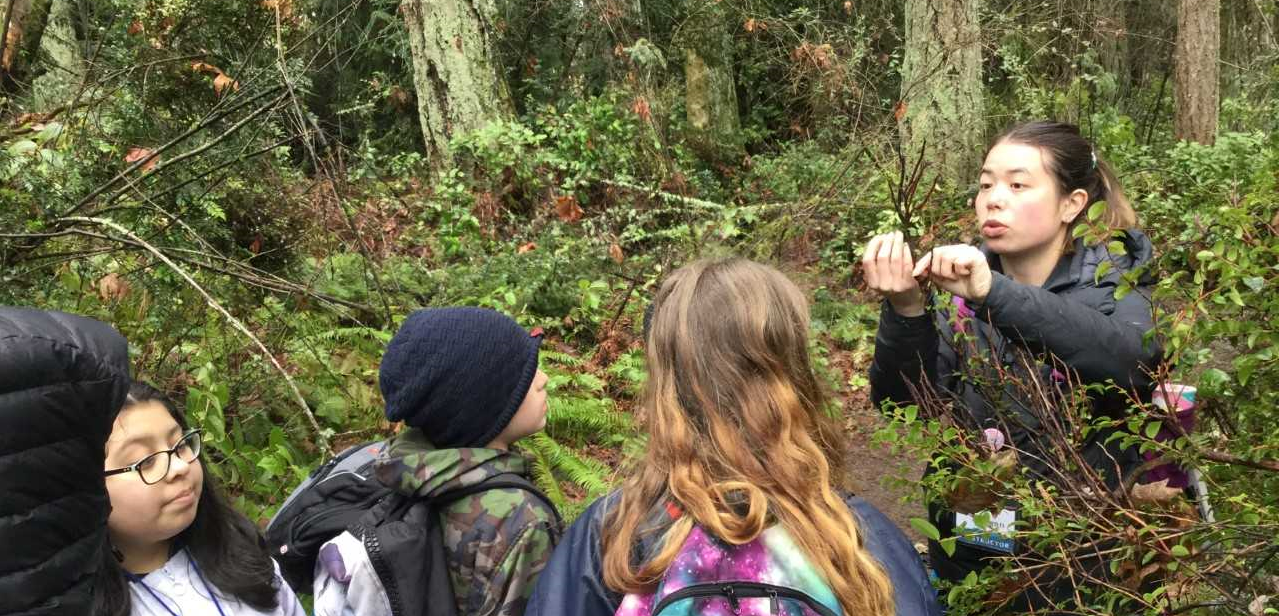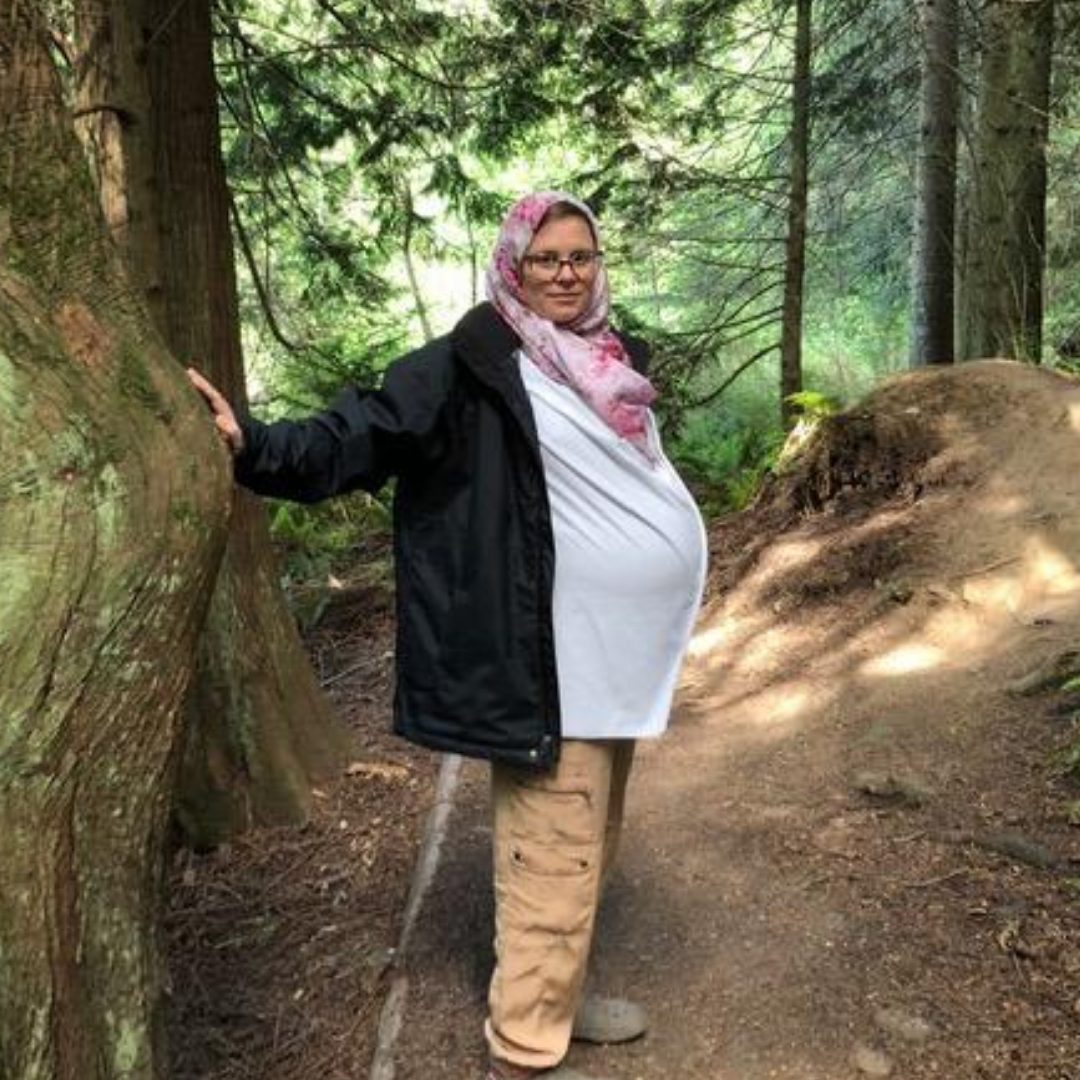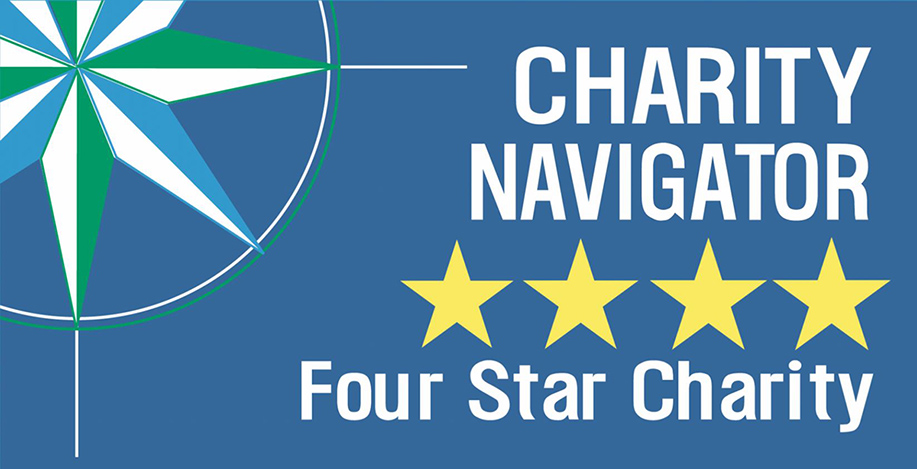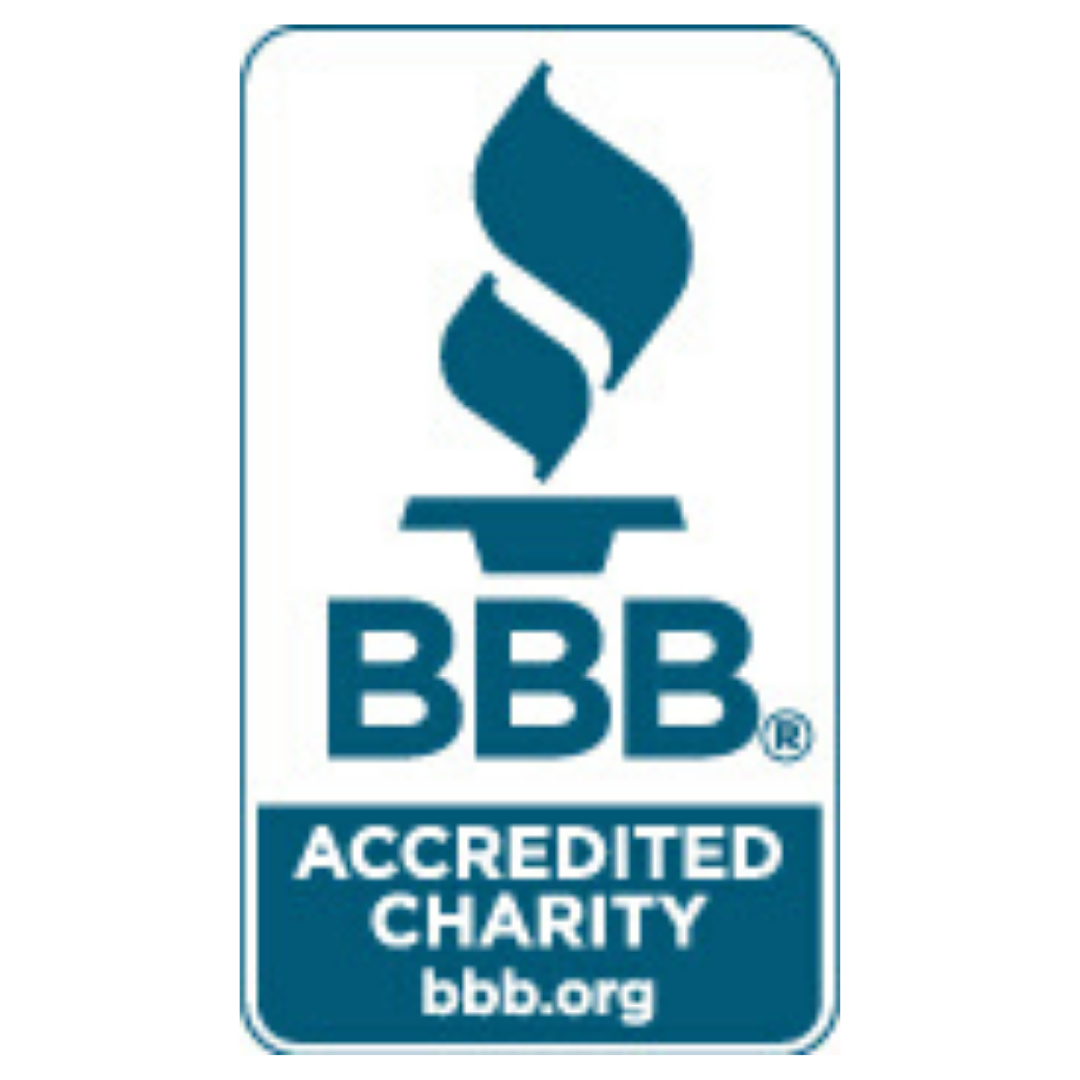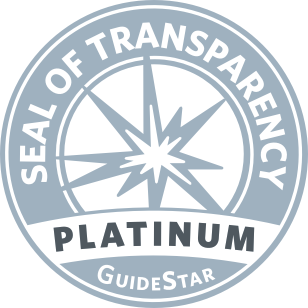Bryant Elementary was one of the schools included in our pilot program of the School…
“Culturally responsive teaching” is everywhere at IslandWood. From our work with students and teachers in the Seattle area, to our programs on Bainbridge Island, this approach to teaching and learning influences every aspect of our educational philosophy and practices.
So, what does it mean? Simply put, culturally responsive teaching refers to an educational approach that honors students’ individual learning styles, identities, and life experiences as a way to deepen learning and spark engagement.
We spoke with three of our educators – Urban School Programs Coordinator, Celina Steiger; Director of Campus Programs, Dr. John Haskin; and Day Programs Staff, Instructor Ben Berrick – to learn more about how this approach shapes our educational programs throughout the organization.
Whether you’ve never heard of the term before or want to explore how to incorporate culturally responsive strategies into your own teaching, we hope the following conversation, examples, and resources list will help deepen your understanding of this powerful educational approach.
We often use the phrase “culturally responsive teaching”, but what does that really mean?
CELINA: There is a book called Culturally Responsive Teaching and the Brain that has heavily influenced our academic answer to that question at IslandWood. Essentially, the author, Zaretta Hammond, defines culturally responsive teaching as increasing students’ capacity for learning by building on students’ “cultural displays of learning” – connecting what the student already knows to new concepts. In her words, alongside learning in community, culturally responsive teaching is “the process of using familiar cultural information and processes to scaffold learning…focused on relationships…[and] critical social awareness.”
JOHN: Good responsive instruction is a skill that takes time to develop and a willingness to abandon your pre-designed instructional plans to adapt to the needs of the group in the moment. Our ultimate goal is to teach for the benefit of students’ learning. IslandWood embraces the idea that people construct their understanding of the world around them through direct experience. This approach is based on the premise that people use their previous life experiences (at home, school, etc.) as context for understanding new experiences and ideas. So, for instructors, new ideas or concepts need to be cultivated and contextualized for students to be able to understand them. We can do this through conversation, or through an activity, a visual, or a song. Ideally, multiple modes are used. The objective is to always check your assumptions that the students ‘get it.’
Why is culturally responsive teaching important?
CELINA: Culturally responsive teaching is critical because it’s how our brains work to process or learn new things. We try – and need – to link new information or experiences to existing or past information and experiences.
JOHN: We use culturally responsive strategies because we want our instruction to be meaningful and to support every child’s learning experience. For me, it is about watching, listening, and then adapting to students’ needs.
BERRICK: To name a dynamic, environmental education and the broader American educational system both have a really checkered past when it comes to the rights, education, and dignity of Black, Indigenous, and brown students, and so seeking out culturally responsive teaching practices is a necessary step in coming to terms with this history and working to be better.
What does culturally responsive teaching look like? What are the ways that it shows up in our programs at IslandWood?
CELINA: There are a ton of answers to this, but one important thing, I think, is that in order to practice culturally responsive teaching, the educator has to spend time getting to know their students, or at the very least, drawing forth their students’ relevant prior knowledge and “funds of knowledge.” That has to be done in order to develop a foundation to build new experiences, skills, and information.
For the virtual When It Rains, It Pours lessons that we offer, for example, we do this by asking to hear about students’ experiences of heavy rainfall. Throughout the lessons we’re always trying to connect the content of the lessons (stormwater) to places and things students might be familiar with, like their school, neighborhood, or nearby body of water.
During other programs, we begin by trying to assess what students know and what their experiences with the subject material are. For example, in the Community Waters Field Study, we ask students to begin by discussing this question with their table groups or other nearby students: “What have you noticed when it rains a lot around here?” Their responses really help to illuminate what they are paying attention to, what they care about, and what their prior knowledge and vocabulary is.
In the field study, we also find out if students have been to the park we’re visiting before, what they’ve done there in the past if so, what they know about the area, etc. For both the virtual lessons and the field study, our educators ideally bring these questions up throughout the course of the program to make connections between what students have said and the activities at hand.
For the Duwamish River Program that we piloted in late 2019 and early 2020, many students had not actually been to the river before. For that program, we used storytelling (another culturally responsive practice) to teach students about the history of the river.
JOHN: At IslandWood’s Bainbridge campus, the garden is a great place where different cultural understandings are revealed. In the garden, there are opportunities to talk about what people eat at home, and from there we can start making connections to students’ backgrounds, and their parents’ or caregivers’ beliefs.
When you’re first getting to know the students, you will learn a lot in the first hour. Are the kids comfortable sitting on the ground? Being in the woods? If not, you will need to slow down and develop their comfort. Are they curious about the outdoor spaces around them? Don’t wait for them to show curiosity – model curiosity. Watch them and see what sparks their interest, and then build on that.
I also like to provide a simple problem for students to accomplish in small groups. I usually use a game where students get a brief (15 second) look at an arrangement of natural objects that I have hidden under a bandana. They then need to work in small teams to try and recreate what they saw. This is really an activity for me, though. I watch them closely and learn a lot about them, such as:
- Do they grasp the idea of an activity-based learning experience?
- Are they systematic in their approach to the task, or do they just wing it?
- Do they know and use the names of the natural objects?
- Are they curious about the objects?
- Are they talking and listening to each other?
- Who is taking a leadership role?
- How are they treating each other across genders?
This activity usually takes about 30 minutes and it always informs my next steps with groups of students (including graduate students).
BERRICK: In the School Overnight Program (SOP), many students come to IslandWood with racial backgrounds, identities, communication and learning styles, and ability differences that are either not represented or are actively suppressed in schools and broader social contexts. When they arrive at IslandWood, many students are in unfamiliar contexts with instructors who are predominately white, able-bodied, and Western-educated.
To acknowledge this, SOP programming and educator training has developed many tools that center on getting to know students and exploring ideas, rather than fast-tracking students towards arriving at pre-determined answers.
What advice would you give to educators trying to teach through this lens? Where can they start?
CELINA: Zaretta Hammond’s book is a great place to start!
I would also suggest that educators start by spending time building relationships with their students, however they can. Get to know what students are thinking about, where they spend time, what they like to do, and what’s important to them and their families.
BERRICK: Lisa Delpit’s Other People’s Children, Gloria Ladson-Billings’ But That’s Just Good Teaching! The Case for Culturally Relevant Pedagogy, as well as her later reflections, and Django Paris’ Culturally Sustaining Pedagogies: Teaching and Learning for Justice in a Changing World are also great resources for defining, problematizing, and recognizing how culturally responsive teaching can and should look in educational spaces.
Want to dive deeper into culturally responsive teaching? Get more information, including examples of culturally responsive learning activities and a list of books and resources curated by our educators, here!


